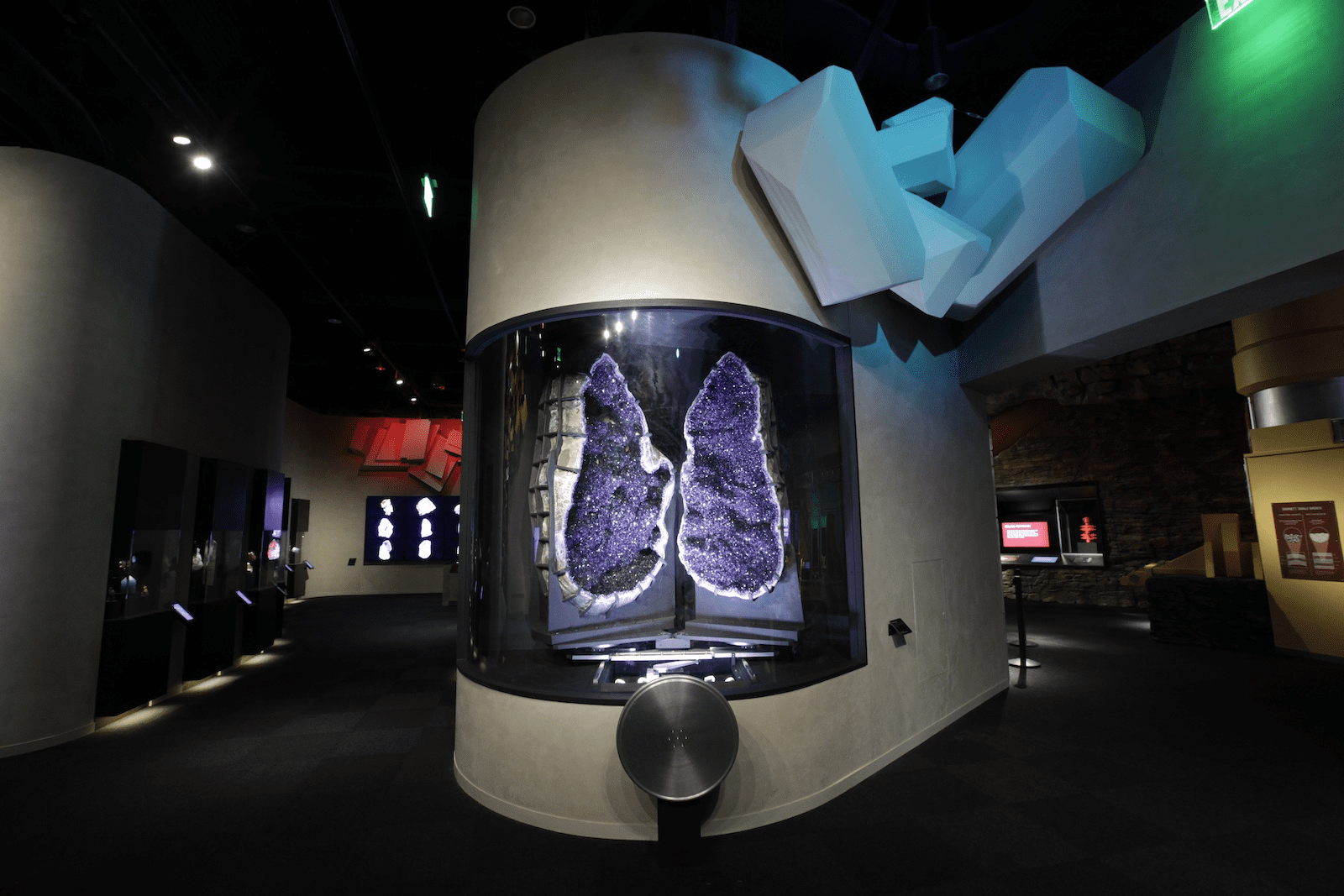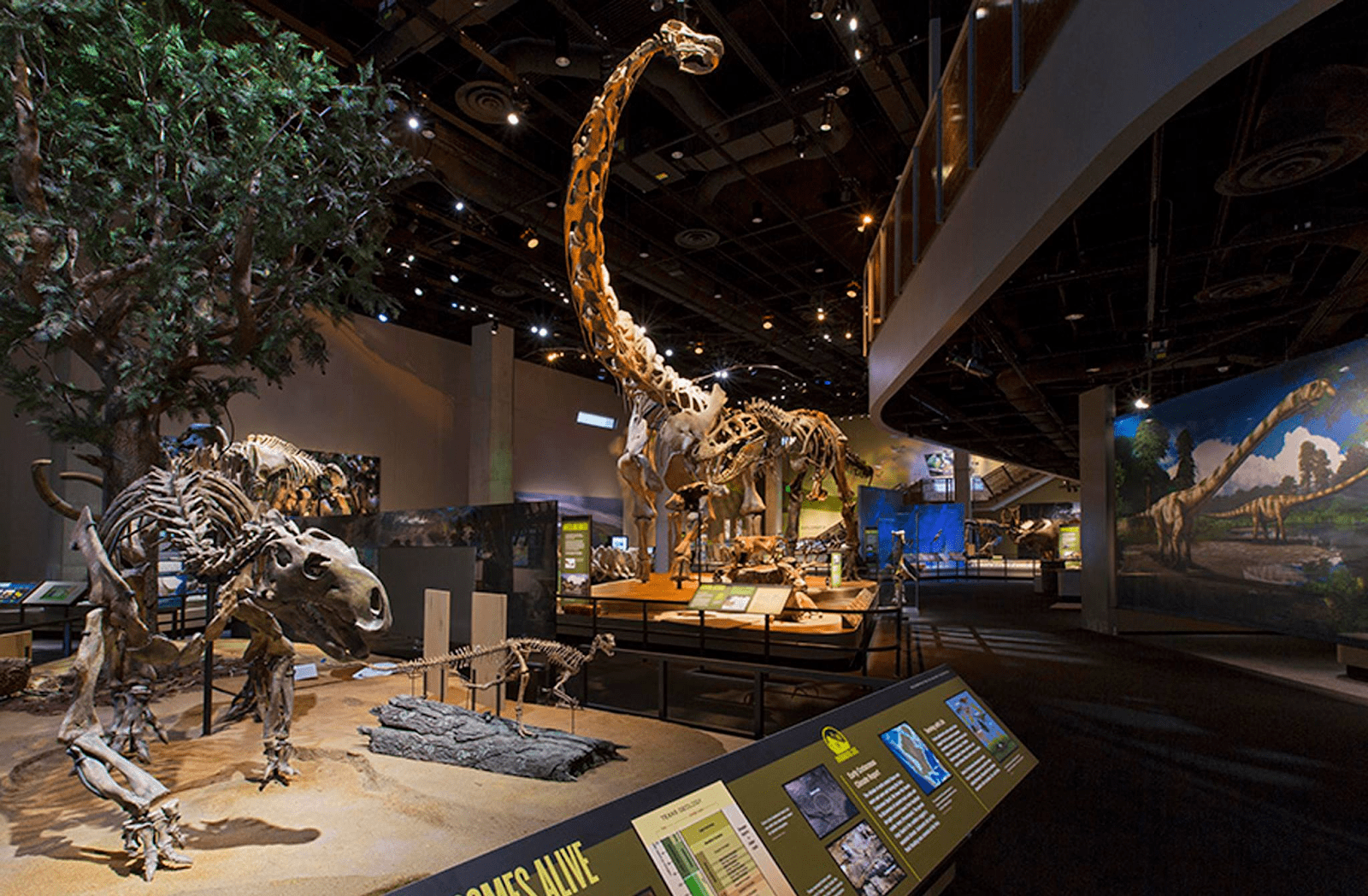The Perot Museum of Nature and Science is one of the most amazing architectural masterpieces in Dallas that captivates at first glance. During the visit, you can get acquainted with various historical eras, learn more about space, have a look at precious stones and follow the development of science. It consists of two campuses. The first is the main one and it is located in Victory Park. The secondary one is placed in Fair Park. Read more about it on dallas-future.
The development history

The first such local museum was built in the Fair Park area to celebrate the centennial of Texas in 1936. Its scientific part has existed since 1946 when the Dallas Health Museum was created. Later, a planetarium was also created, where educational lectures were held. The organization got the name of the Dallas Health and Science Museum. Later, they left the emphasis on science and reorganized it into a scientific museum.
Since 1995, a children’s museum has been operating in the city. In 2006, the natural history, science and children’s museum merged into the Nature and Science Museum in Fair Park. At the same time, 4.7 acres of land were bought in Victory Park for the creation of a new building. The author of the project was the American architect Thom Mayne.
The institution in Victory Park was named after the Perot family, which invested $50 million in the construction. Thanks to the charitable contribution, it was possible to complete the construction work more than a year before the official opening. The Rees-Jones Foundation also made a large contribution of $25 million. Two exhibition halls were later named in its honor: the Rees-Jones Foundation’s Dynamic Earth Hall and the Jan and Trevor Rees-Jones Exhibition Hall.
The six-story building occupies an area of 180,000 square feet. There are 11 permanent exhibits and six educational laboratories. The institution welcomed its first visitors in 2012. At that time, about 6,000 residents and guests of the city came to it.
Interesting things that can be seen inside

The exposition consists of 11 halls:
- The Children’s Museum, where you can walk through a copy of the Margaret Hunt Hill bridge, have fun on the playground with miniatures of the city’s landmarks and visit the terrarium.
- The sports section, the basis of which is an interactive video exhibition, where visitors can compete with Felix Jones or tyrannosaurus Rex.
- Discovering Life hall consists of interactive dioramas of Texas ecosystems that can be explored not only visually but also auditorily and by smell.
- Being Human. Here, you can study human anatomy, look at prostheses, measure the heartbeat and visit the biolaboratory.
- In the Texas Instruments Engineering and Innovation hall, you can create music in a recording studio, create a robot or a model of a skyscraper to feel like a real engineer.
- Rees-Jones Foundation’s Dynamic Earth hall simulates various man-made disasters, such as hurricanes, earthquakes and tornadoes.
- Lyda Hill Gems and Minerals is home to the world’s third-largest gold nugget, among others.
- Tom Hunt Energy hall talks about traditional and alternative fuels, methods of oil extraction and offers a virtual tour of a gas well.
- T. Boone Pickens Life Then and Now hall allows you to follow the evolution of the planet. In addition, a real allosaurus skeleton is kept here.
- Expanding Universe is a hall that tells about the infinite space, its structure and phenomena.
- In Rose Hall of Birds hall, you can create your own bird and fly it in virtual reality.
The museum also organizes temporary exhibitions, family and children’s programs, unique events, lectures and workshops.